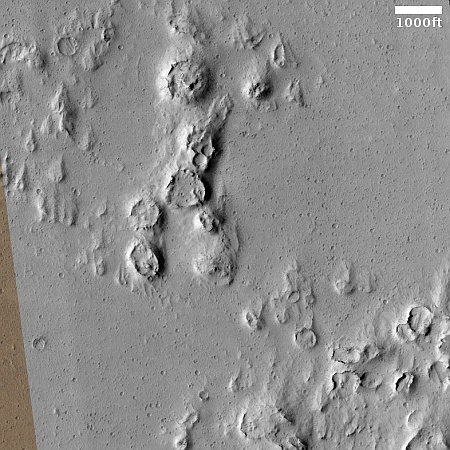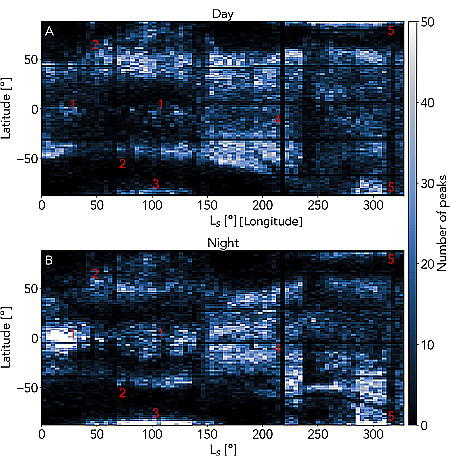NASA laser communication experiment succeeds in sending data from beyond Moon
A NASA laser communication experiment on the asteroid probe Psyche succeeded on November 14, 2023 in sending data to and from the spacecraft as it traveled away from Earth.
NASA’s Deep Space Optical Communications (DSOC) experiment has beamed a near-infrared laser encoded with test data fromnearly 10 million miles (16 million kilometers) away – about 40 times farther than the Moon is from Earth – to the Hale Telescope at Caltech’s Palomar Observatory in San Diego County, California. This is the farthest-ever demonstration of optical communications.
Riding aboard the recently launched Psyche spacecraft, DSOC is configured to send high-bandwidth test data to Earth during its two-year technology demonstration as Psyche travels to the main asteroid belt between Mars and Jupiter. NASA’s Jet Propulsion Laboratory in Southern California manages both DSOC and Psyche.
The experiment seeks to demonstrate the advantages of optical communications, which if successful could have data speeds ten to a hundred times faster than standard high band radio communications. While the technology has been demonstrated as far away as the Moon, this is the first successful test from deep space, a key advance that suggests the technology is becoming mature enough to use on planetary missions.
If so, it could largely replace or at least supplement the various radio-antenna networks on Earth, such as NASA’s Deep Space Network, with smaller and more efficient communication links.
A NASA laser communication experiment on the asteroid probe Psyche succeeded on November 14, 2023 in sending data to and from the spacecraft as it traveled away from Earth.
NASA’s Deep Space Optical Communications (DSOC) experiment has beamed a near-infrared laser encoded with test data fromnearly 10 million miles (16 million kilometers) away – about 40 times farther than the Moon is from Earth – to the Hale Telescope at Caltech’s Palomar Observatory in San Diego County, California. This is the farthest-ever demonstration of optical communications.
Riding aboard the recently launched Psyche spacecraft, DSOC is configured to send high-bandwidth test data to Earth during its two-year technology demonstration as Psyche travels to the main asteroid belt between Mars and Jupiter. NASA’s Jet Propulsion Laboratory in Southern California manages both DSOC and Psyche.
The experiment seeks to demonstrate the advantages of optical communications, which if successful could have data speeds ten to a hundred times faster than standard high band radio communications. While the technology has been demonstrated as far away as the Moon, this is the first successful test from deep space, a key advance that suggests the technology is becoming mature enough to use on planetary missions.
If so, it could largely replace or at least supplement the various radio-antenna networks on Earth, such as NASA’s Deep Space Network, with smaller and more efficient communication links.
























